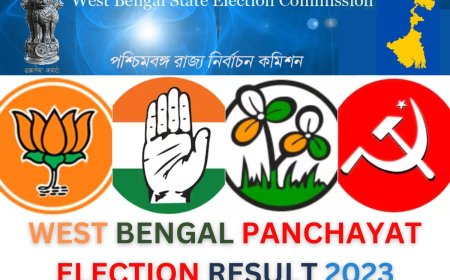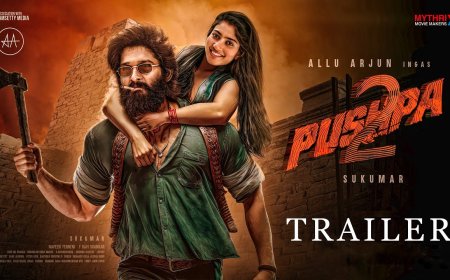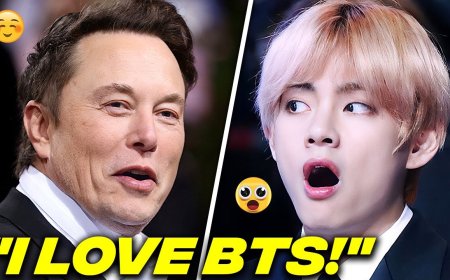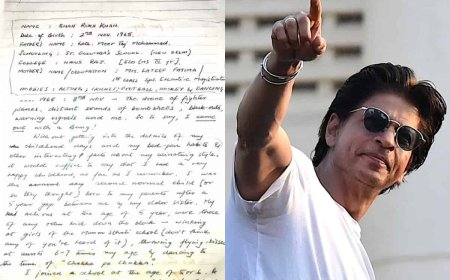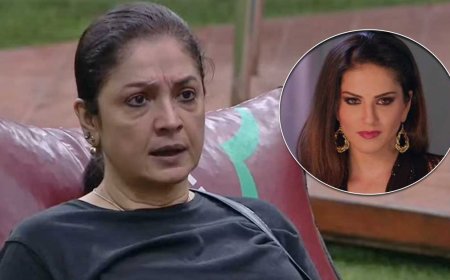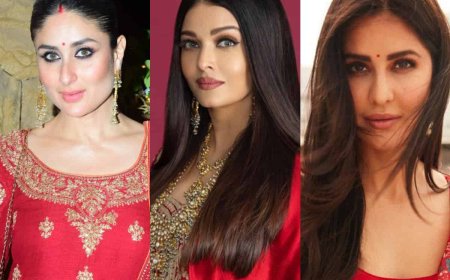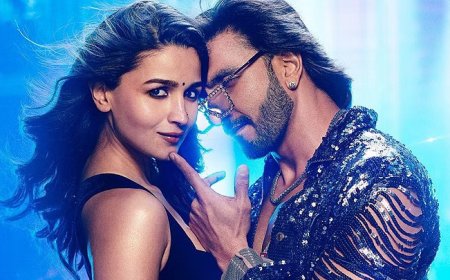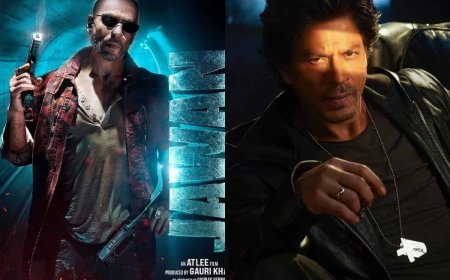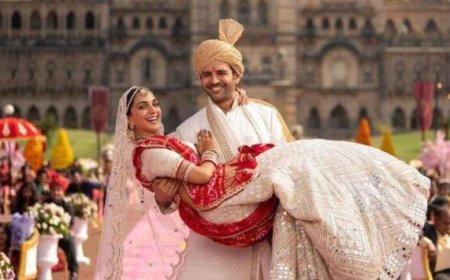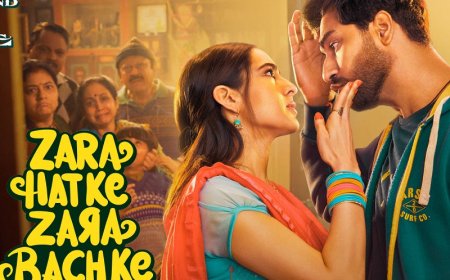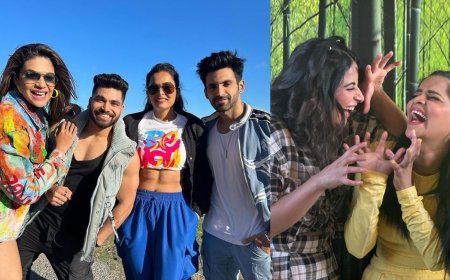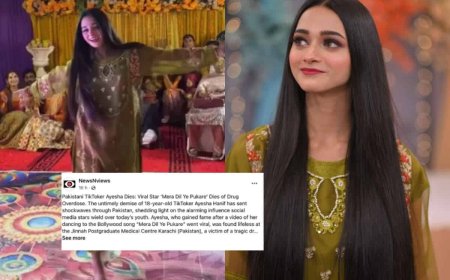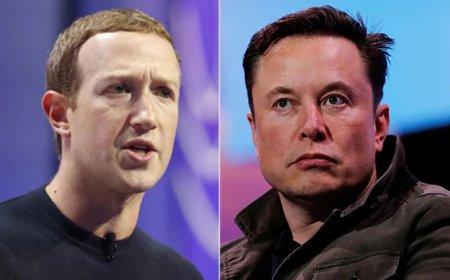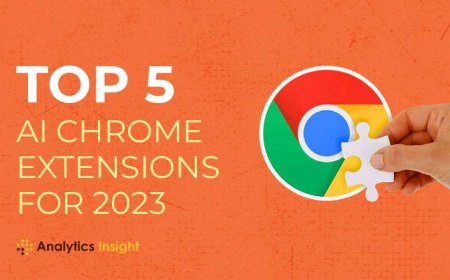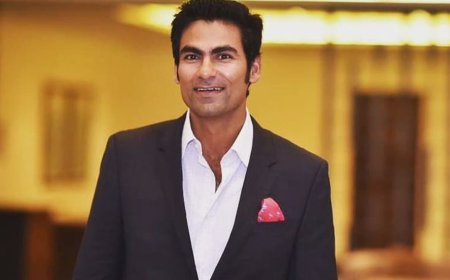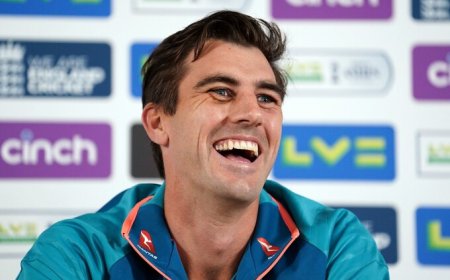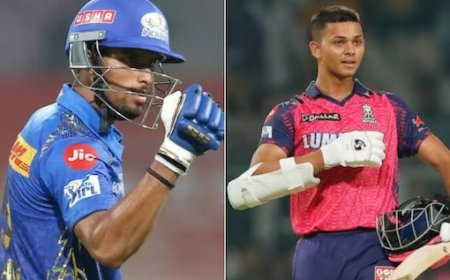Popular stars, big-budgeted content: Can JioCinema’s ‘freebie’ strategy change the OTT game?
After IPL, JioCinema is set to offer an array of premium content, all for free. While it looks like it's aiming to repeat its telecom success will this new module cause a ripple effect on content overall?
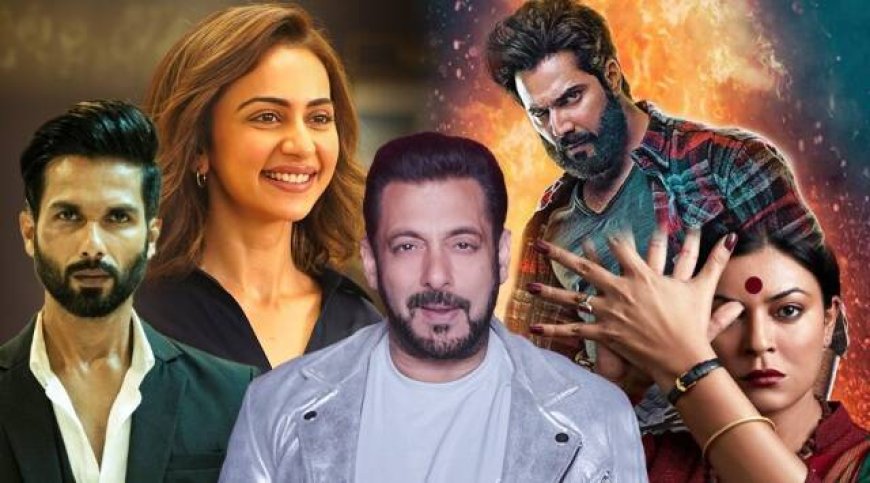
I was in school, probably in 2005, when a friend’s father, who worked with Reliance, was given a mobile phone by his company. While handsets back in the day were a luxury, this little white device became a means for free calls between us. The telecom company, which eventually filed for bankruptcy, became a means for many families to stay connected, for romances to bloom, and for school kids like us to gossip for hours without being worried about a mammoth bill at the end of the month. The company, which evolved to Jio in 2016, also got India connected via cheap internet, and with Jio coming in, from 2G to 5G (in some cities and already working on availing 6G). For the first time, anyone with a smartphone could access the world of the internet – consume content from across the globe, and be on international social media platforms, the world was in everyone’s palms.
So it came as no surprise when the Ambanis decided to offer the biggest intellectual property in India – IPL for free on JioCinema. Kohli and Dhoni might have made the country go crazy with their last-moment finishes, but the extravaganza did not cost any customer a penny. This is the same cricket-crazy Indians who paid anything between Rs 365 and Rs 1499 to watch the IPL on Hotstar. And now, in a bid to sustain its massive audience base, the platform has promised one big film every week and an episode of a web show every day. It definitely looks like it’s aiming to repeat its telecom success with JioCinema. The model, however, has divided reactions, with many wondering what it means for already struggling film industries. Filmmaker Vivek Agnihotri termed it ‘destruction’ of Bollywood and an ‘insane business model’ in a tweet, wondering how multi-crore projects are being offered to audience for free.
From Varun Dhawan’s Bhediya (which was first released in theatres) and Shahid Kapoor’s Bloody Daddy (that landed directly on the app on June 9) to Sushmita Sen’s much-anticipated Taali, the fresh season of Asur to Salman Khan-hosted Bigg Boss OTT 2, fans have already been lured to the platform. However, this got us thinking about whether free content and ads ruling over subscriptions, will it change the way content is consumed and produced in the coming days? And how will it impact the existing OTT platforms and millions of Indians who consume content off them.
Before subscription video on demand (SVOD) came into full force, Indians were used to advertising video on demand (AVOD). The irritation is for real every time an advertisement plays in the midst of a movie or show. We have seen the same with YouTube and the initial days of platforms like SonyLIV, Hotstar, ZEE5 and TVF. However, as big giants like Netflix and Amazon Prime Video came into the picture, people started coughing out money to enjoy seamless entertainment, even for regional platforms like Hoichoi in the East and Aha in the South. The digital subscription grew 27 per cent to reach Rs 72 billion in 2022, as per EY report, but digital advertising grew 30 per cent to reach RS 499 billion, or 48 per cent of total advertising revenues.
While both methods of monetisation have their own perks, it is to be noted that the subscription has plateaued for most platforms. Over the last three years, audiences have already made their choices, and there are bleak chances that the numbers move beyond this substantially. The platforms also cracked deals with telecom partners where they shared revenue, but “that’s all done and dusted,” an industry insider noted. They added that as questions about how to earn more money will come up, advertisements would be the way ahead.
“Even with subscriptions, the platforms are earning way less than what they spend. But look at YouTube on the other hand, it’s running an entire community on an AVOD module and the numbers haven’t seen any dips. The digital industry works on ads and I think even content would soon be distributed over the two modules,” the industry expert said.
Change in the way content is made
After OTT disrupted the market, the Television Regulatory Authority of India (TRAI) decided to roll out the New Tariff Order (NTO) in 2019 which mandated subscribers to pay for the channels they want to consume instead of the cable operator deciding the number of channels to be made available. This decision forced broadcasters to think about the quality of content, creating shows that would urge consumers to pay. Think tanks across the country deemed it to be a new dawn for pay television in India. Historically, advertisers determined the kind of content to be made and now the onus was finally on the customers. There are already reports of Jio generating over Rs 2,000 crore from the IPL by putting it for free. This is a significant amount driven through advertising, and hence it makes one wonder if Jio Cinema’s approach would take us back to the era of advertisers dictating content.
Producer Ranjit Thakur, who has helmed shows on TV and OTT dismisses the same. He shared that for creators, free delivery of content comes as happy news as that way their product reaches a wider audience. Thakur added, “Also, I don’t think ads would have an effect on content, rather content would be made in a way that it sells better. It’s actually a positive change that’s coming into force, for now, content would be delivered on data science and not just big talks. On television, we already have a standard rating system, so we know what works and what doesn’t. However, on OTT, that was not the case as there is still no unanimous board that evaluates the number. We never knew if actually, the said x number of people promised would watch our shows.”
It’s a win-win for producers, and audience
“Free ka hai, to ganda hoga (If it’s free, it would be bad),” is a common thought among most in the audience. However, citing IPL’s success, filmmaker Ali Abbas Zafar said that when the biggest event could be streamed for free and people had no issue, no one should question films and shows dropping on free platforms. The director’s Bloody Daddy premiered on JioCinema. Talking about the same, he shared that the platform was very clear about putting the film for free, and also confessed why that made him happy.
“I was worried that post the tournament if they start asking for subscriptions for Bloody Daddy, not many would have been interested. When they said that their strategy is to provide entertainment for free, I was more than happy. If even half the number of people that watched IPL watch my film, it’s a blockbuster. Also, it’s summer vacation time, and not many big films are releasing in theatres. It’s the perfect window,” Ali shared.
Producers or content creators do not have to worry as the ‘free’ approach will cause no harm to them. They are presently just like service providers, who would be paid for creating engaging content. What happens next, whether it’s put under a paywall or distributed for free is the platform’s call. Suparn Varma, who is currently riding high on the success of Rana Naidu (Netflix) and Bandaa (ZEE5), shared that the budgeting is not a random call, and depends on “the story, the talent – on and off camera, and a lot of other things.”
He also shared how the move by JioCinema is a great means to draw the audience to the platform. However, he added that it’s just stirring the pot as of now, and would soon start charging once audiences enjoy the content on the platform. “But the audience is only benefiting from this. The more players, the more competition, leading to better content. Also, it’s a win for creators as they are getting more opportunities now,” he shared.
Varma also shared that just because it’s free, one will not compromise on the quality as it’s an acid test. Once the new audience goes away, it will take a lot to get them back. And if they do manage to retain the first lot, they wouldn’t blink an eye before paying in the future.
Devaluation of stars by being offered for free
Television actors have earlier often pointed out how casting directors were sceptical to cast them in films. Statements like, “You come on TV every day, and that too for free, who will pay to watch you?” was the common feedback. Now that a film like Bloody Daddy is being offered for free, even Bhediya, starring Varun Dhawan-Kriti Sanon had a free digital premium, does the stardom get devalued? Would the audience take these stars ‘less seriously’ given they are available so easily, with just a click on their phone?
While promoting Bloody Daddy, Shahid Kapoor said that while they were filming, he didn’t know it would be released for ‘free’. He shared that all he knew was that Jio Studios was producing it and the detail about its release was news even to him. However, the actor dismissed that this could cause an effect on their popularity or value, as he shared, “At the end of the day, people should love you. They should want to watch you.”
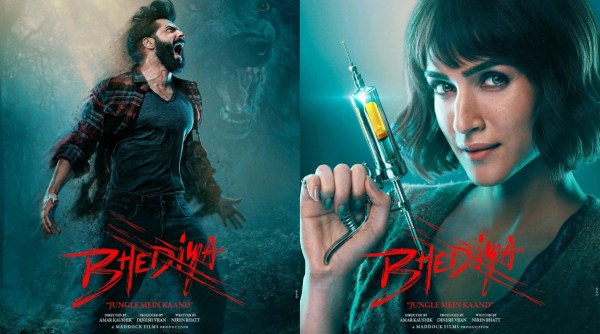 Bhediya dropped ‘free’ on JioCinema on May 26.
Bhediya dropped ‘free’ on JioCinema on May 26.
The Bollywood star also added that this is not going to be a regular practice for him. “Once in a while, if this happens, I don’t think it’s an issue. It only gives more people a chance to watch you. And it’s not going to happen every time. The platform would charge someday, so I guess just enjoy it till it last. And if they really want to pay us, we will keep a box somewhere, and ask them to put money in it,” he joked.
Referring to Amitabh Bachchan, Salman Khan and even Shah Rukh Khan stepping into TV shows, Shahid said that back then people had said the same thing. However, it worked otherwise and they only got more popular. He added that since everything is evolving around, one cannot keep a hard stance to stick to one medium. He said, “There has to be an elbow room to just move and adjust accordingly. Farzi was so good that I didn’t think twice about the medium. Similarly, it’s not that Ali and I won’t collaborate on a film again. You never know, the second part of Bloody Daddy may be in theatres.”
Threat to other platforms
While Jio Cinema may be having meetings after meetings as they launch multiple projects, one also wonders what’s happening behind the closed doors of other platforms. Netflix, Amazon Prime, ZEE5, and Disney+ Hotstar offer their content for a premium package. With equally well-designed projects offered for free, are they feeling the pinch? Would they reflect on their marketing plans to sustain their audience or also work on its charges? The answer comes as a loud No!
 Salman Khan-hosted Bigg Boss OTT 2 will premiere on June 17 on Jio Cinemas.
Salman Khan-hosted Bigg Boss OTT 2 will premiere on June 17 on Jio Cinemas.
A marketer with one of the platforms shared with us that they aren’t bothered by competition as that has always been there. They also shared that just because someone chooses to give out content for free doesn’t mean they have to follow suit. “It has been a struggle for every platform to get its loyal audience base, who wouldn’t go away for sure. Also, many consumers pick platforms on the basis of the content offered. So the challenge is to keep churning out hooking content rather than worry about who’s charging what.”
The marketer, however, added it’s too early to talk about the ripple effect Jio Cinema could have in the industry, especially in reference to other streamers. They also said that the platform has already put all English content (HBO, Warner Bros and Max) behind a paywall, and it’s likely that it will start doing the same for premium Hindi content in a few month’s time. Given the company has the fund, it will continue to pump in more and more money for now to build up a strong showcase. Salman Khan, too has come with a big price on the platform with Bigg Boss OTT 2 but sources say that it’s ‘worth it’.
What does the future look like?
History is witness to the fact that whenever Reliance offered anything for free, it was followed by market disruption and price correction. It is certain that a hefty price tag will follow, as people start exploring and getting addicted to its content. However, it seems unlikely that other streamers would slash their charges, instead they might offer other perks. For instance, Disney+ Hotstar on Friday announced that Asia Cup and ICC Men’s Cricket World Cup tournaments will be made available free for mobile users.
The marketer also shared that soon the race would be between good content and not big players. Also, there would be few big-budgeted shows, rest would come in a regular pattern, “Till the time middle-class mentality doesn’t change, a big leap in subscription cannot come. Hence it’s better that we look out for alternate means so that there is a balance between good content and also profit.”
Sapan Varma also added that the rise of OTT mediums has just started and it only gets better from here. He shared that the world of content is going to shrink and there would be more cross-semination between creators, writers, cast, and even platforms. “Hybrid is going to be the word,” he concluded.
What's Your Reaction?








